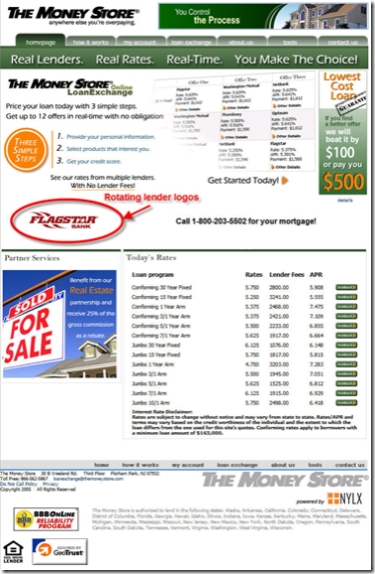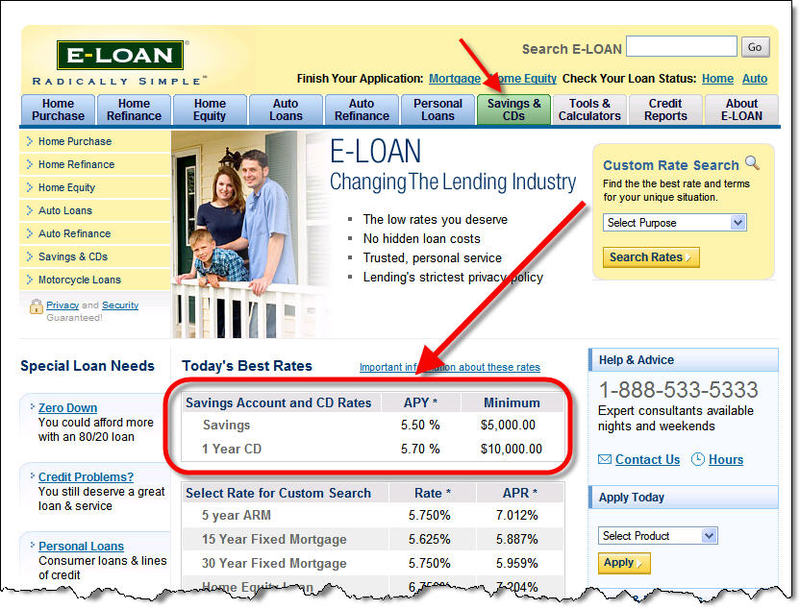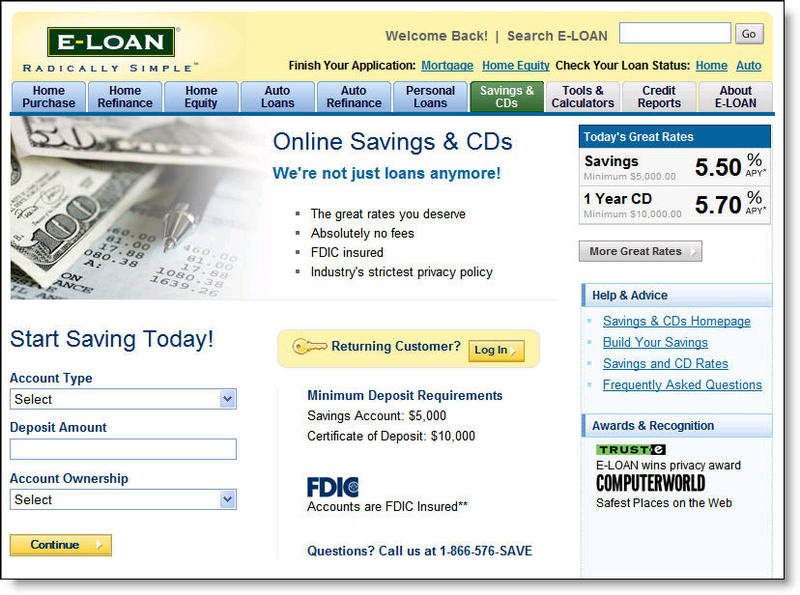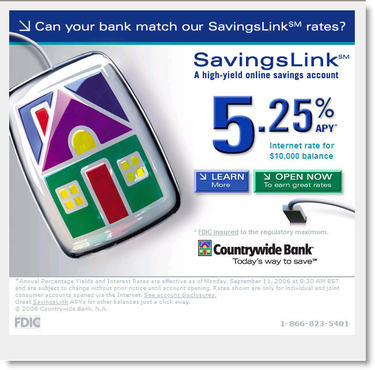 Google hit the news today with a modest improvement to its online word processing and spreadsheet services, combining them in an umbrella offering called Google Docs (see TechCrunch analysis here).
Google hit the news today with a modest improvement to its online word processing and spreadsheet services, combining them in an umbrella offering called Google Docs (see TechCrunch analysis here).
Clearly, the Web giant hopes to convert millions of casual users from Microsoft Office to its ad-supported services. If they make headway in word processing, it's only a matter of time before they offer more specialized software applications. One area likely to be seriously considered is personal finance management, dominated today by Intuit's Quicken and Microsoft Money.
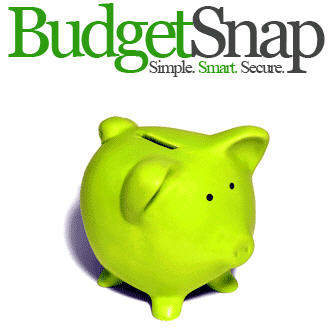 It would be relatively easy for Google to jump into the market. For a few million, it could acquire one of the personal finance startups such as BudgetSnap (see Sep 12) or Foonance (see Aug 10). Or it could build a service by licensing Yodlee's MoneyCenter (see July 5).
It would be relatively easy for Google to jump into the market. For a few million, it could acquire one of the personal finance startups such as BudgetSnap (see Sep 12) or Foonance (see Aug 10). Or it could build a service by licensing Yodlee's MoneyCenter (see July 5).
Analysis
What impact would this have on financial institutions? For banks with basic "plain vanilla" online banking, it could be a major threat if users began storing their banking transactions at Google, especially if the company offered automatic pre-scheduled downloading, which is likely. Users would log in to their banks far less often, diminishing the opportunities to cross-sell and service customers. And with the transaction archives stored elsewhere, it would be much easier for consumers to switch banks, reducing the relationship value of online banking and bill pay.
To avoid being marginalized by online personal-finance services, banks should boost their feature-set to include basic financial-management features, such as payment categorization, long-term storage, and reporting. Consumers have little desire to store confidential information with a Web-based company; however, if you don't provide obvious features, such as transaction storage, users will look elsewhere.
For more information
Our previous coverage is here. And for those wanting a detailed look at online personal finance, read our recent Online Banking Report #131/132, "Personal Finance Features for Online Banking" (subscription required).


